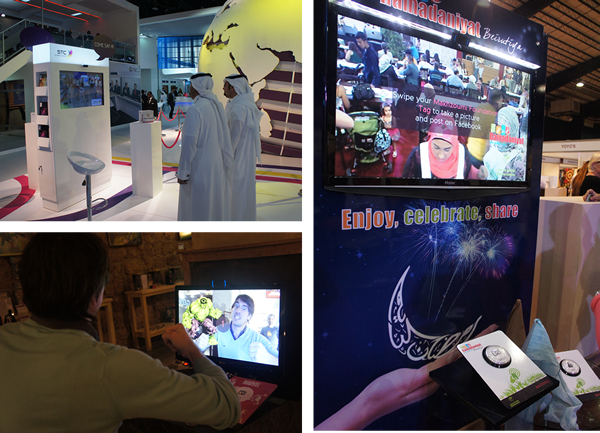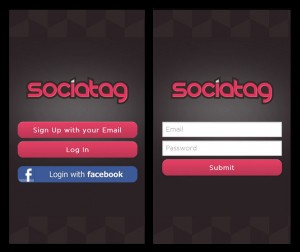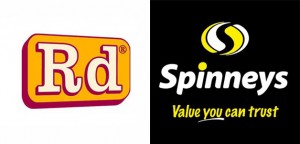
Do you have a very quiet and simple sales point? Would you like your customers spend more time in your shop? Are you looking to improve your points of sales and your relation with your customers? Are you also looking to add some extra spice to your shop? Sociatag photobooth is the answer.
The photobooth makes spaces more fun and engaging, increases interaction between attendees as they gather to take photos and socialize, and improves your interaction and communication with your clientele. Whether you are a clothing shop, a restaurant, a supermarket, a gaming space or even an optician, Sociatag photobooth is the answer. It will add up a lot of fun, excitement and will enhance your communication with your customers both inside and outside your store.
Every customer will take photos with your shop appearing in the background and your brand logo upfront, which will make each and every one of them your brand ambassador both online and offline. Your customers will be willingly advertising your business and you will be guaranteeing greater awareness and exposure with no effort at all.
Below are some photos of the sociatag photobooth:
Makhzoumi Foundation – Souk Ramadaniyat Beirutiya 2013: http://www.facebook.com/media/set/?set=a.596250990425694.1073741829.251375111579952&type=1
NBA All Stars Event: http://www.facebook.com/media/set/?set=a.446529622121632.1073741829.334797336628195&type=1
STC at Gitex Dubai 2012: https://www.facebook.com/media/set/?set=a.460979450619516.129051.251375111579952&type=3





